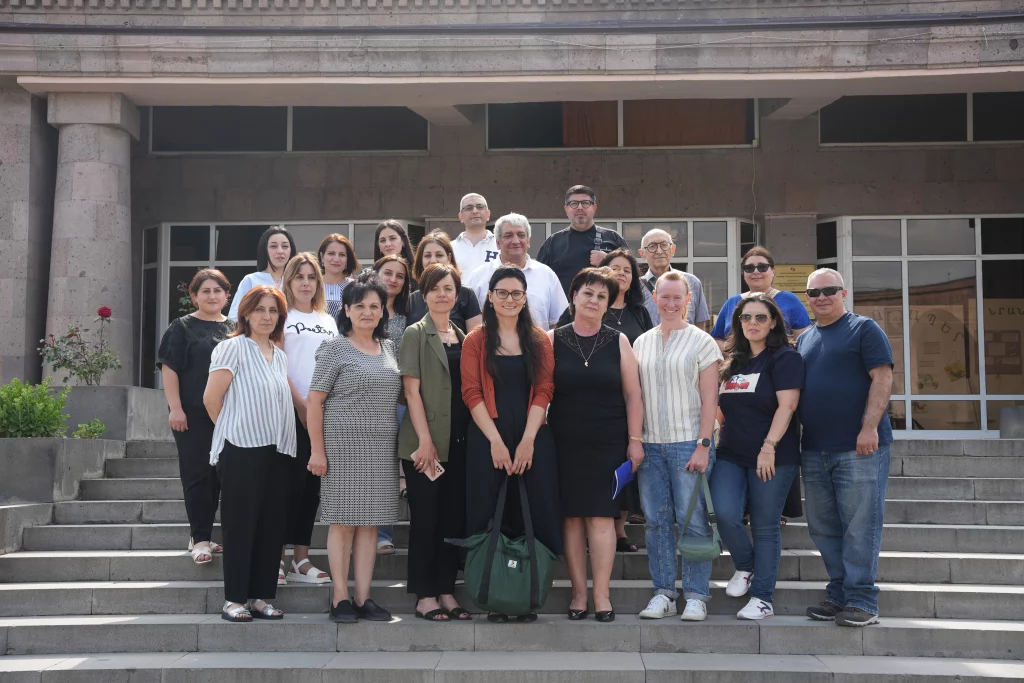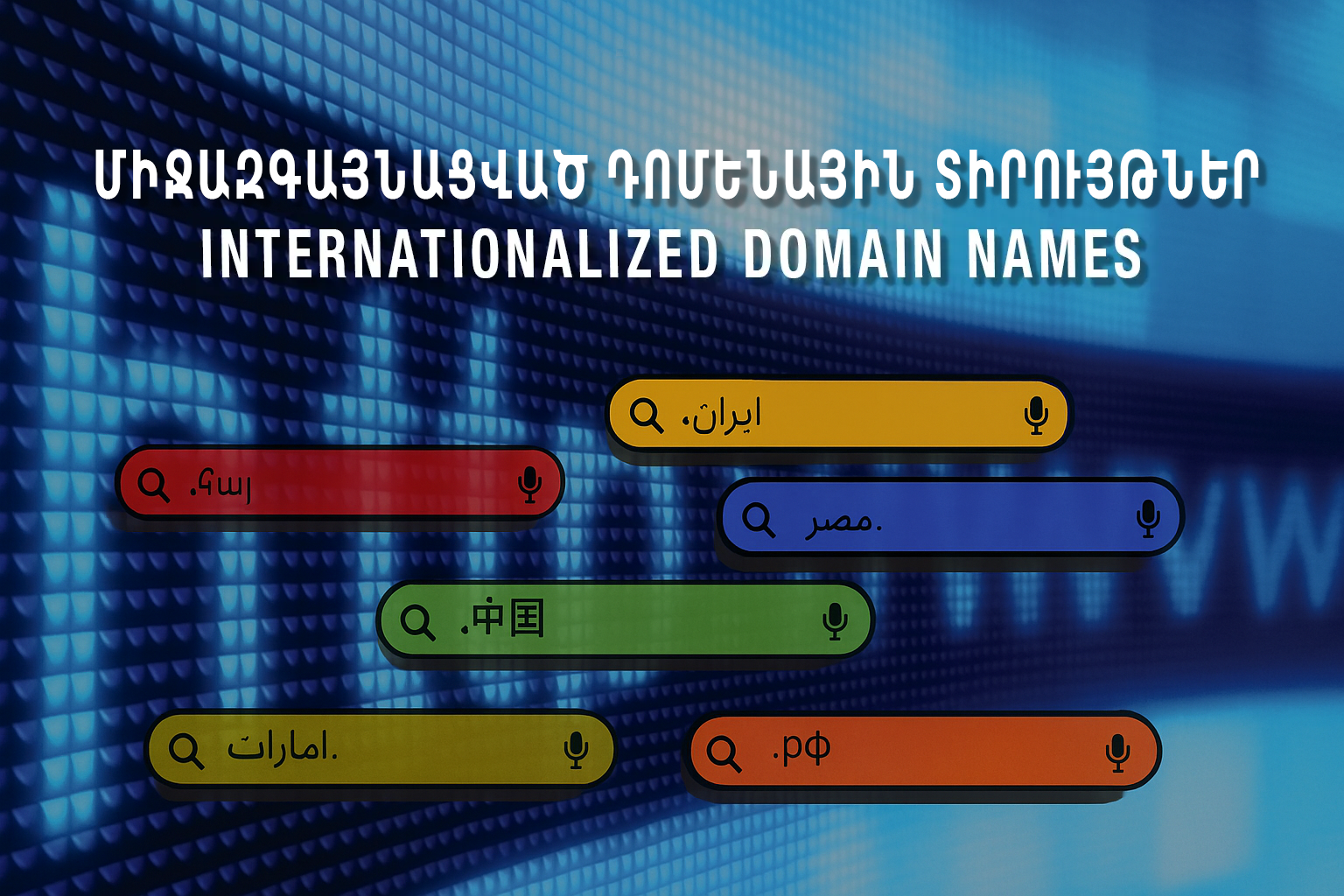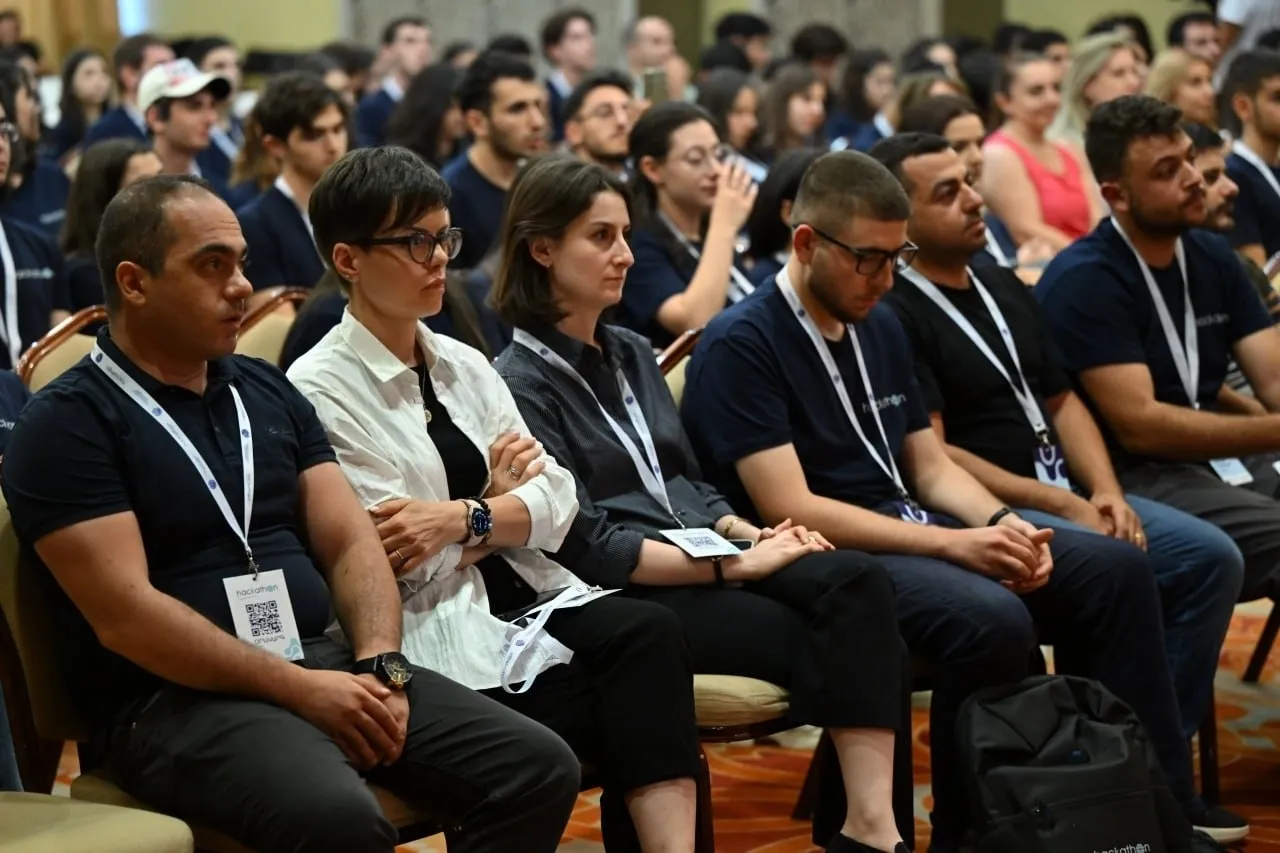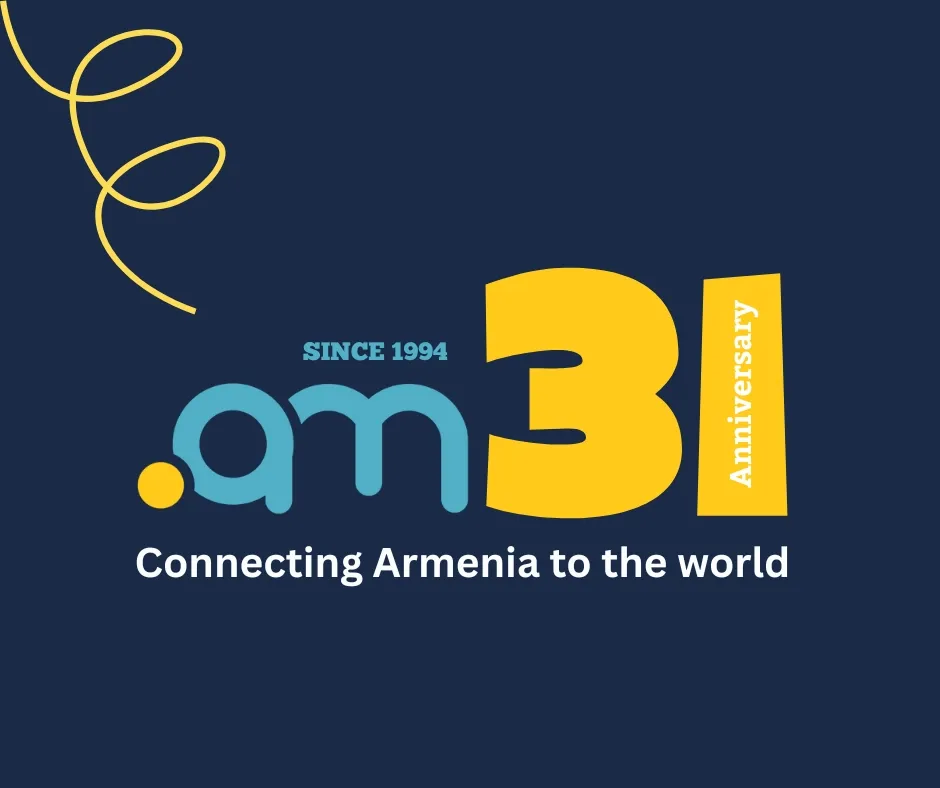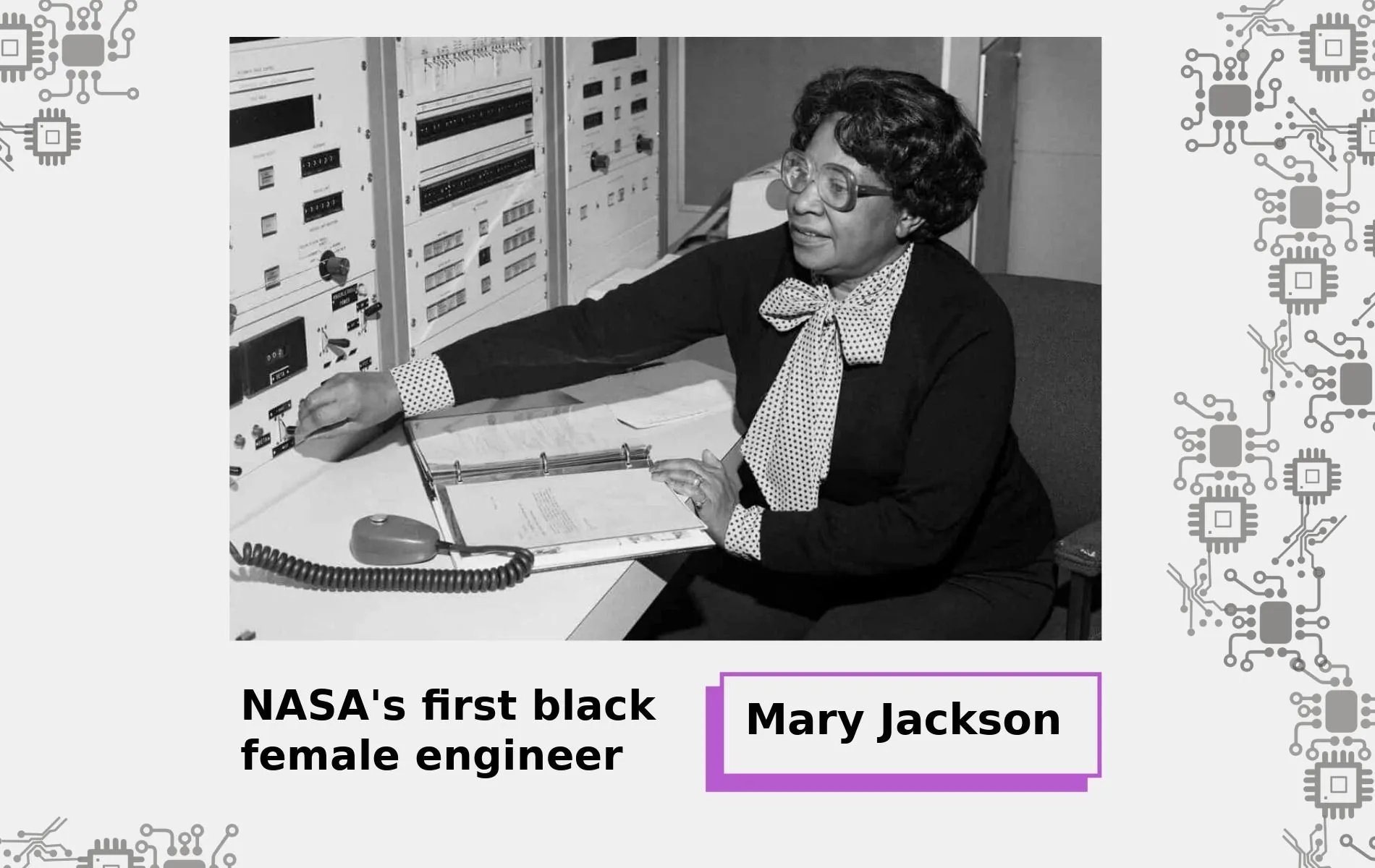The Internet has become increasingly accessible and diverse over time, largely due to the expanded use of Top-Level Domains (TLDs). However, the concept of TLDs only emerged around 40 years ago, in the 1980s, during the development of ARPANET – the precursor to the modern Internet – originally established as a U.S. scientific and military network.
The first top-level domains (TLDs) were created in 1985; there were seven of them:
- .com – Intended for commercial organizations
- .org – Designated for non-profit institutions
- .net – Reserved for network infrastructure entities
- .edu – Assigned to educational institutions within the United States
- .int – for international organizations
- .gov – Used exclusively by the United States government
- .mil – Reserved for the United States military
- .arpa – a temporary top-level domain created for technical purposes related to the ARPANET
There is also a special top-level domain (TLD), .arpa, which was originally created for temporary technical purposes on the ARPANET and is now used for technical infrastructure.
Later the first seven TLDs were designated as generic Top-Level Domains (gTLDs). Among these, only the first three allowed unrestricted domain name registration, while the other four had restricted and targeted usage.
A new era of TLDs began 28 years after the introduction of the original domains. In 2012 Internet Corporation for Assigned Names and Numbers (ICANN) launched a large-scale expansion program for gTLDs. As a result over 1,200 new domain names were introduced, including names representing companies, cities, and industries.
Prior to this expansion, country code top-level domains (ccTLDs) had already been established. These are assigned to specific countries or territories, for example: .am (Armenia), ․ru (Russia), .de (Germany), and ․us (United States). Today, there are more than 300 ccTLDs in use worldwide.
In 2001–2002, another set of seven TLDs was introduced: .aero, .coop, .museum, .biz, .info, .name, and .pro. These were categorized into two types: sponsored TLDs (sTLDs) and unsponsored TLDs (uTLDs). Over time, the number of these domain types also increased to support the development of specific sectors and industries.
To promote linguistic and cultural diversity on the Internet, Internationalized Domain Name TLDs (IDN TLDs) were launched in national scripts and languages. Examples include: .հայ (Armenia), .рф (Russia), .中国 (China), and .срб (Serbia).
Over the decades, the use of TLDs has grown significantly, enabling individuals, organizations, and businesses to clearly define their identity, emphasize their industry focus or highlight their geographic origin.


